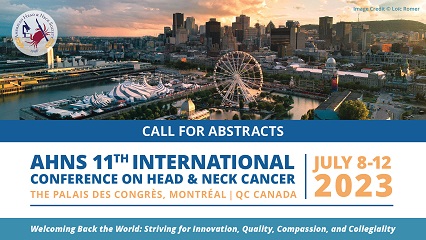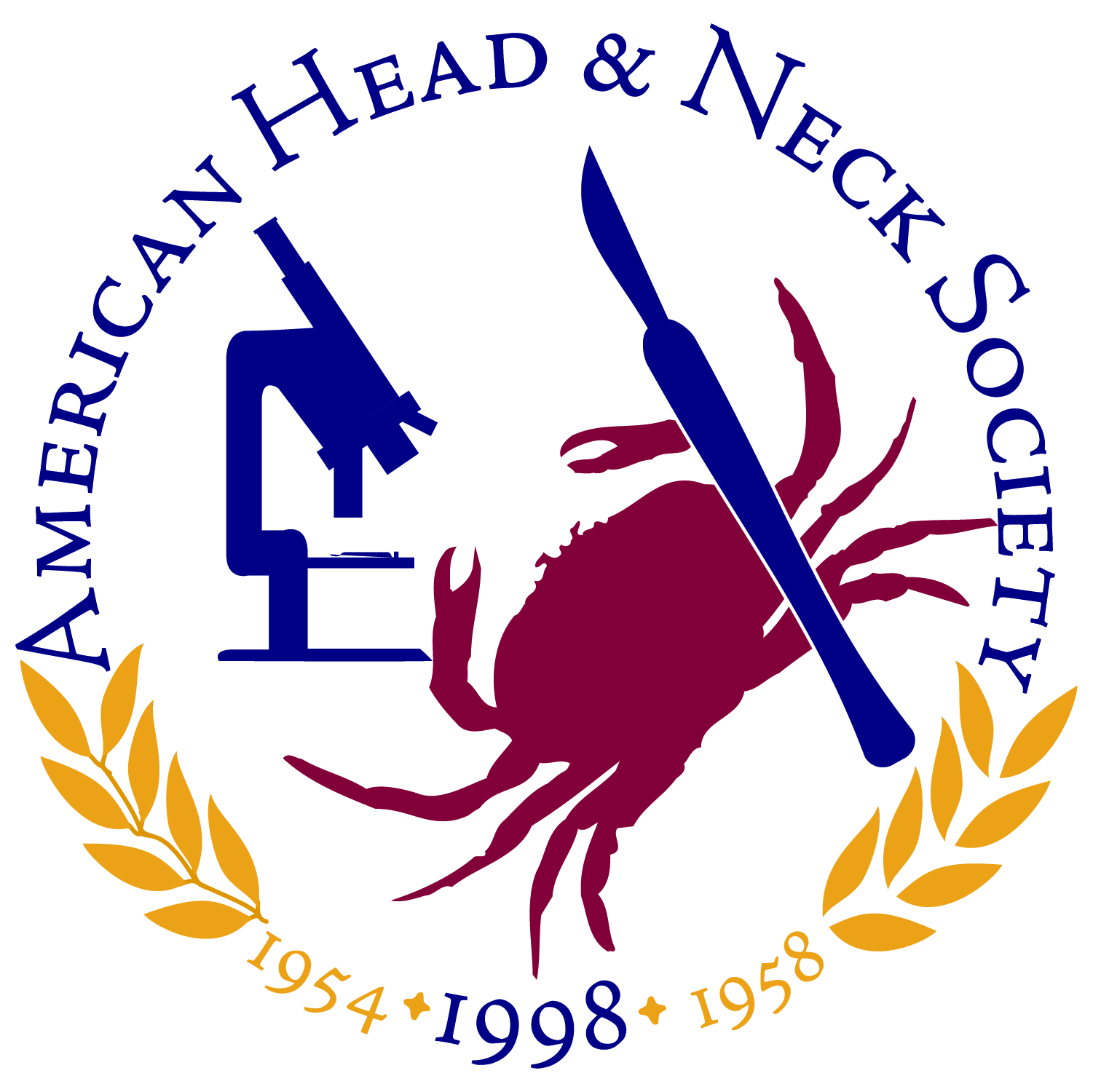AHNS 2023 Meeting – Call For Abstracts – 8 Weeks Left To Submit Abstracts
AHNS Call For Abstracts Submission Deadline: Friday, December 2, 2022 – 5:00 PM EST You are invited to submit abstracts to the AHNS 11th International Conference on Head and Neck Cancer taking place on July 8-12, 2023 at the Palais des congrès in Montréal, QC Canada. To submit your abstracts, please visit the following web …



